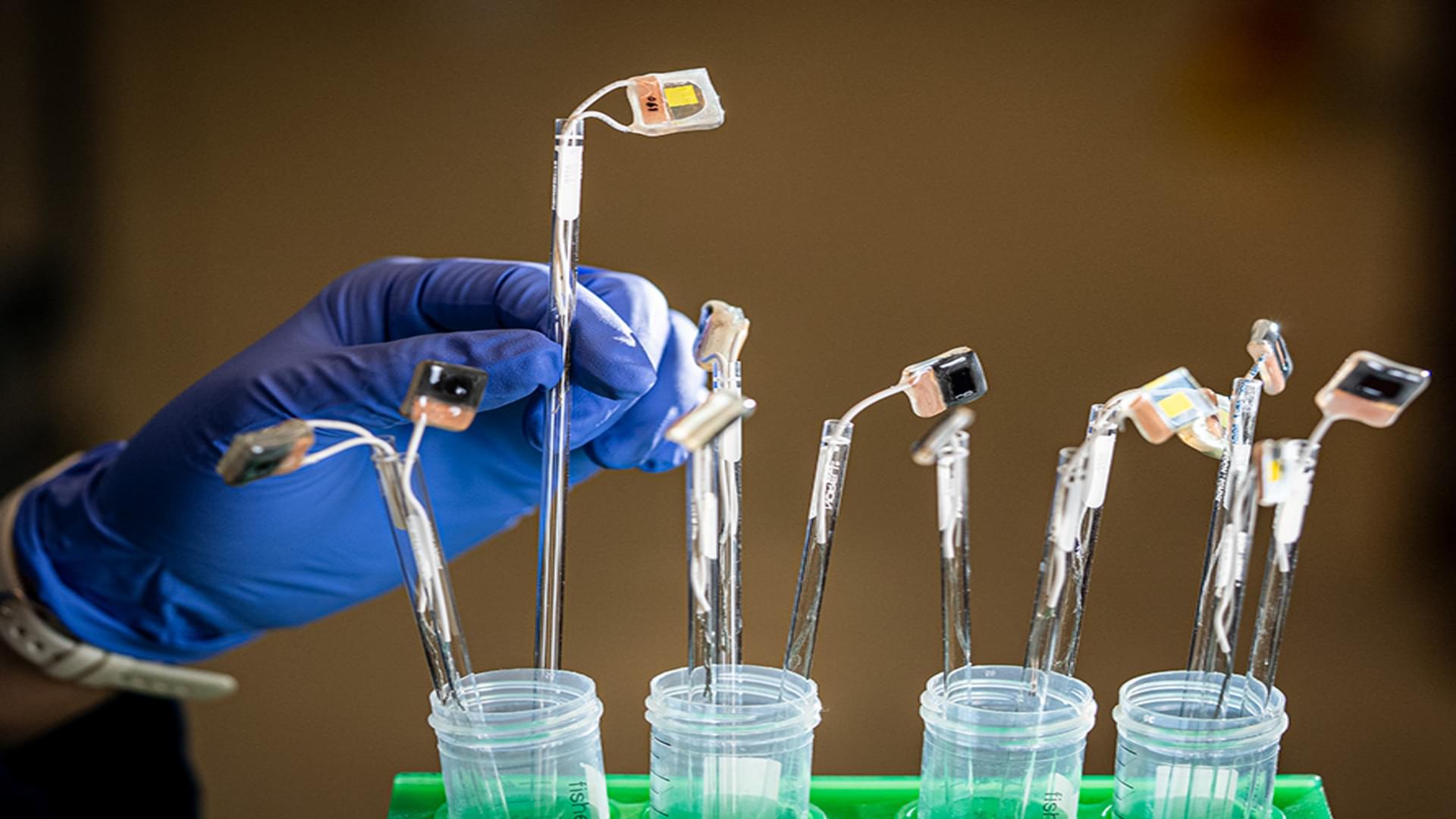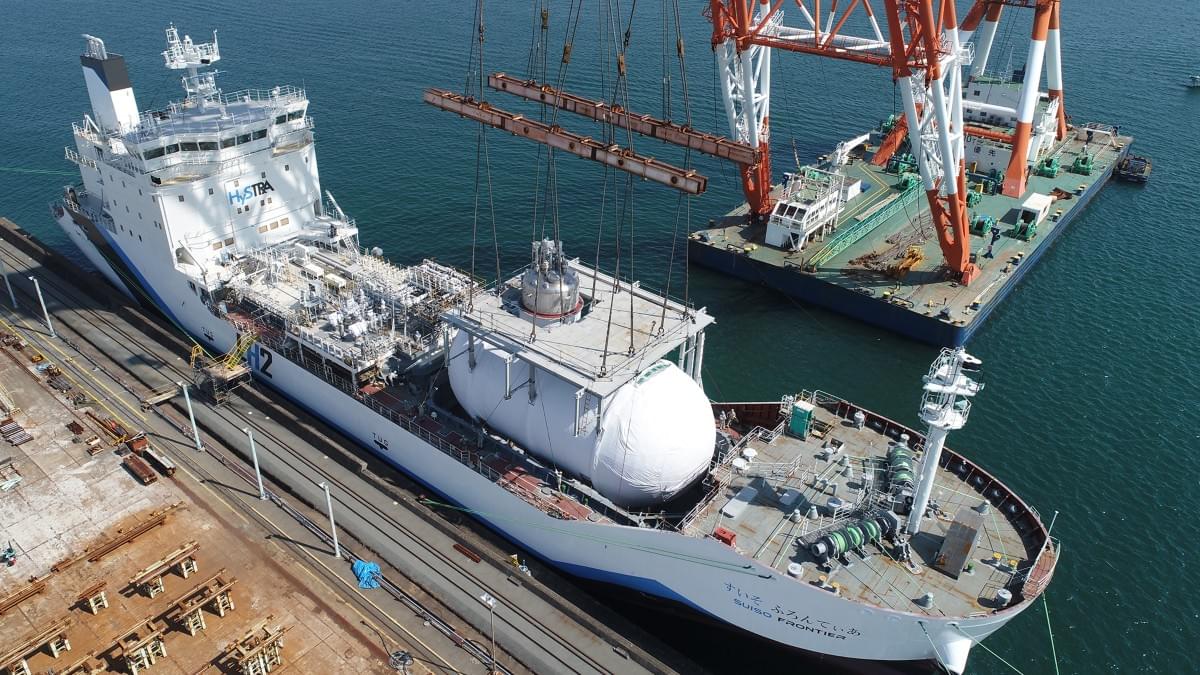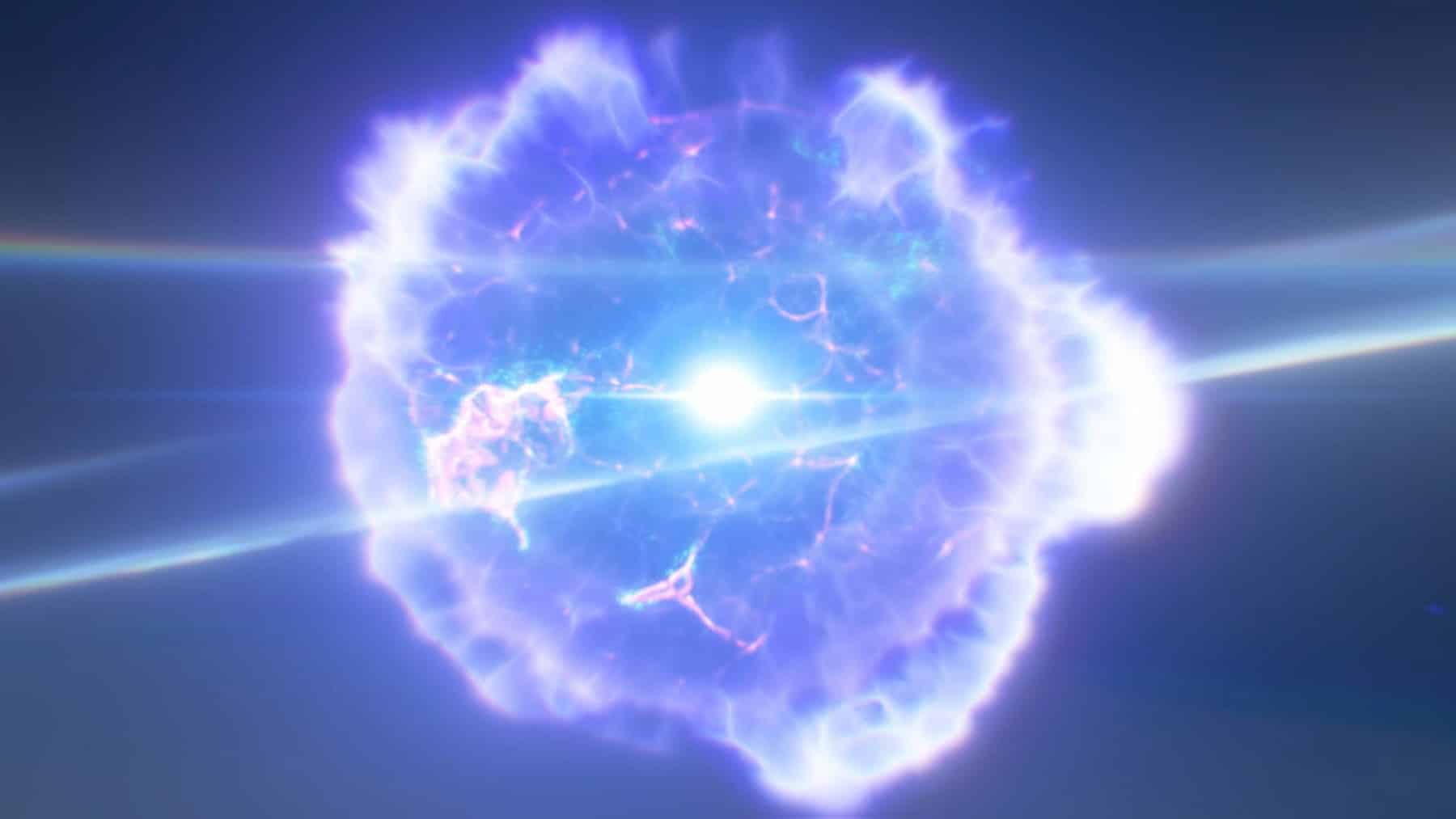Texas regulators with Public Utility Commission of Texas approve ERCOT’s use of 765-kv lines for its future grid system power superhighway





Scientists have demonstrated that a surface reconstruction strategy can enable affordable hydrogen fuel production. The hydrogen fuel is created using The hydrogen evolution reaction (HER). However, scaling this process from a lab experiment to large-scale commercial production has been challenging.
Now, scientists in Japan have showcased that a surface reconstruction pathway can produce durable, non-noble metal-based cathodes that speed up the HER reaction.
Researchers highlighted that they can maintain their performance for more than 300 hours and are calculated to cost very close to the US Department of Energy’s 2026 H2 production target ($2.00 per kgH2-1).

Earth’s atmosphere is much more sensitive to ripples of radiation from the sun than scientists previously believed, new research by Queen’s University Belfast has found.
Solar flares, which are sudden and intense bursts of energy from the sun’s magnetic field, happen regularly.
Understanding how they impact the Earth’s atmosphere is important as very powerful flares can cause inaccuracies in GPS systems and, in extreme cases, can cause total radio blackouts, where all signal is lost.


The best solar company in Australia just installed my new solar system.
Check them out here: https://www.resinc.com.au/electricviking.
I use Starlink internet to upload all of my videos, use my referral link here: https://www.starlink.com/residential?referral=RC-392400-91086-9
👇👇 Buy something and support The Electric Viking Store 👇👇
https://shop.theelectricviking.com/
Size guide and other help for the store 👇
🔔 Subscribe and hit the notification bell! ►

